Battle of Trebbia
Today Diego, Marco, Marco, Riccardo, Vittorio and I played the Battle of Trebbia scenario, using the “Control to catastrophe” wargame rules by Chris Leach.
The game was our first test of the rules, but it went rather smoothly and we had a very entertaining game.
Some photos below, of the game setup and the figures used. This is a small part of Vittorio’s collection of 6mm ancients.
The battle
An executive summary of the battle: the romans decided to attack with the central four legions, while keeping the four flank legions and cavalry in defence.
The carthaginians decided to attack the flanks only with cavalry and elephants, while all the infantry remained still.
The roman flanks were routed but the central legions created a hole in the Carthaginian centre. The battle was lost by the carthaginians due to their heavy units losses.
- the Carthaginian light units, especially the Numidians, are very effective and may cause a roman legion to become shaken rather quickly.
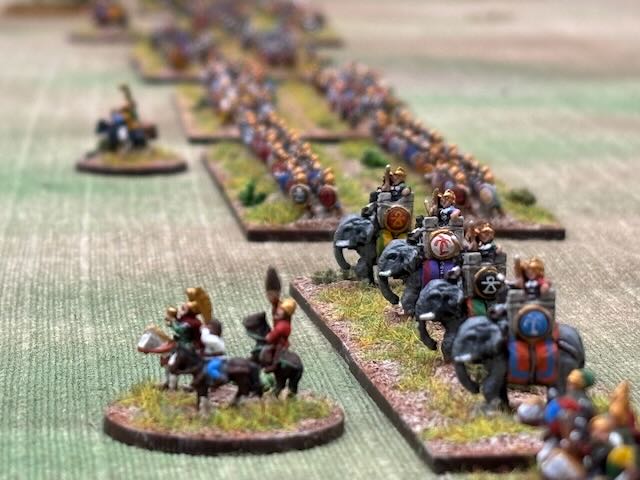
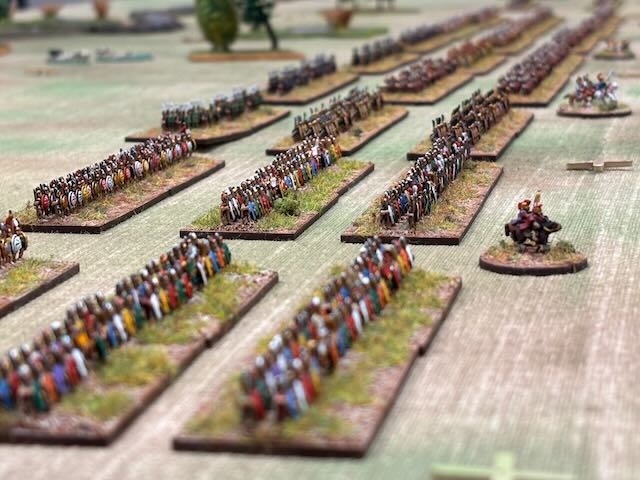
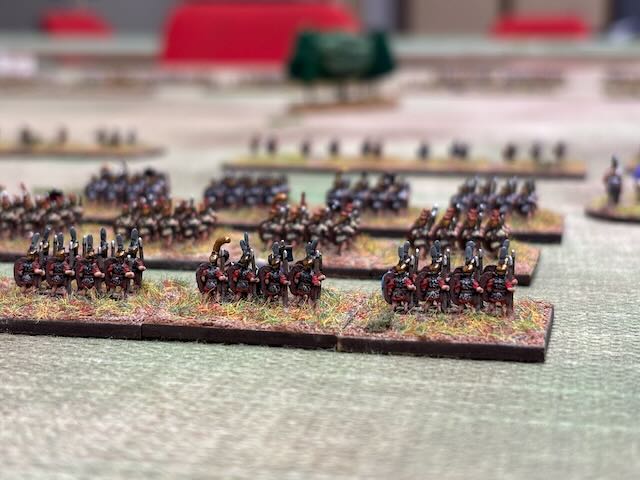
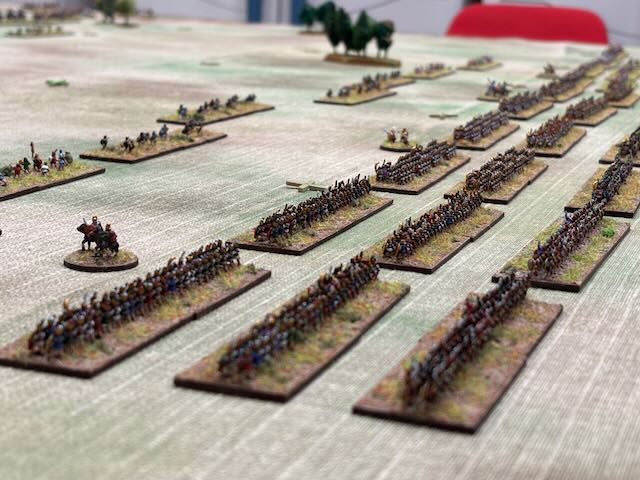
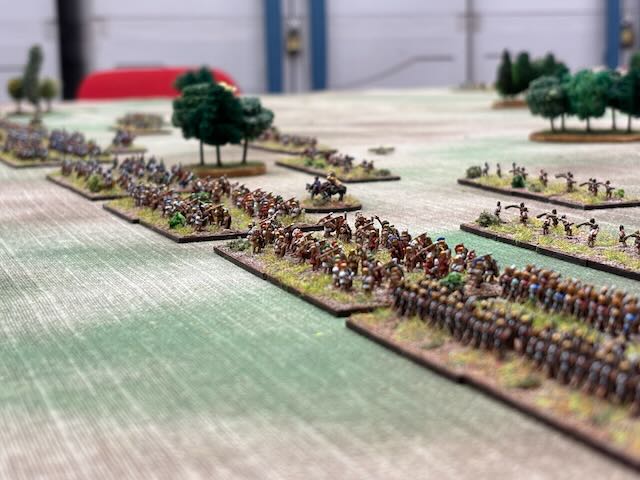
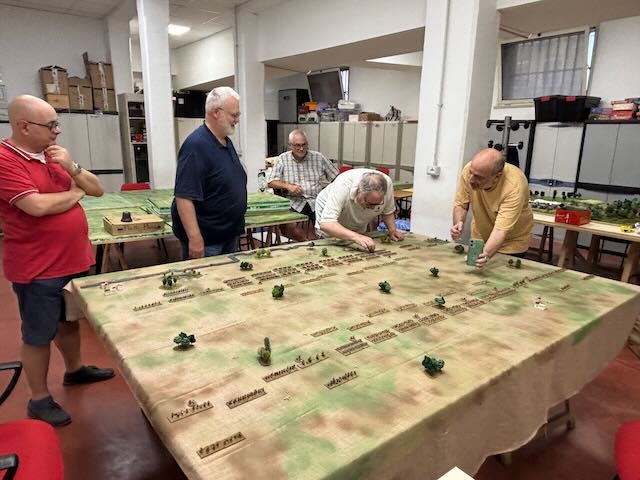
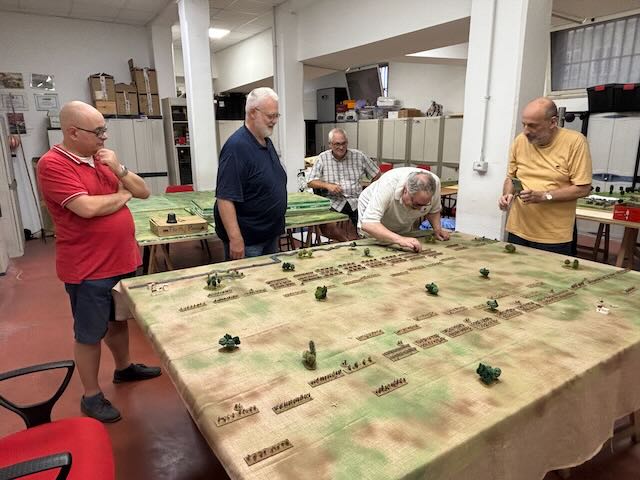
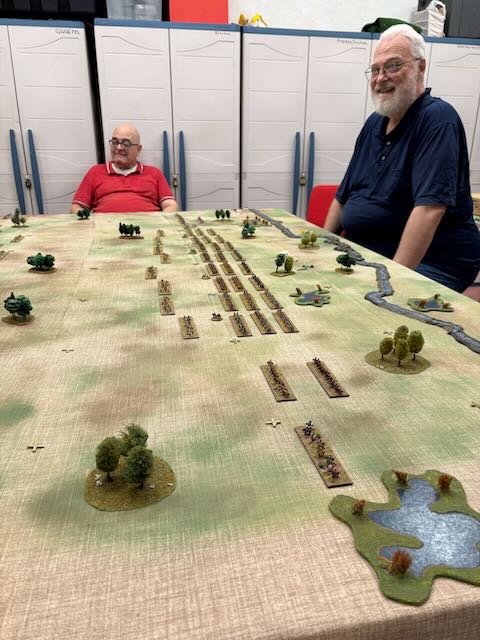
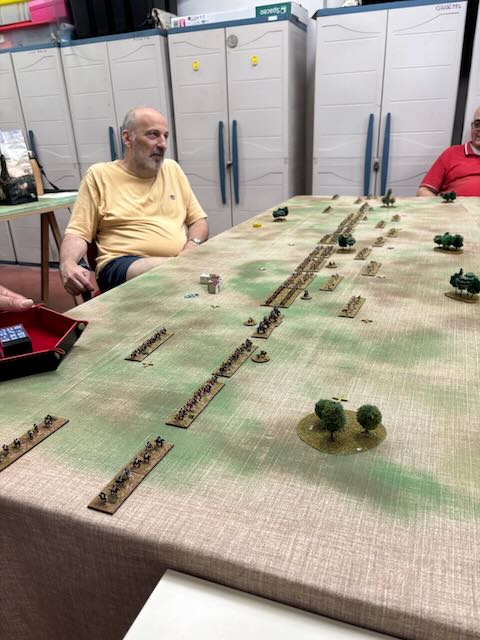
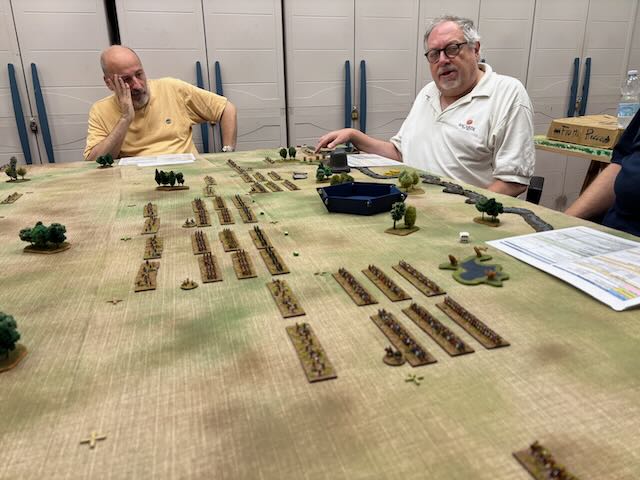
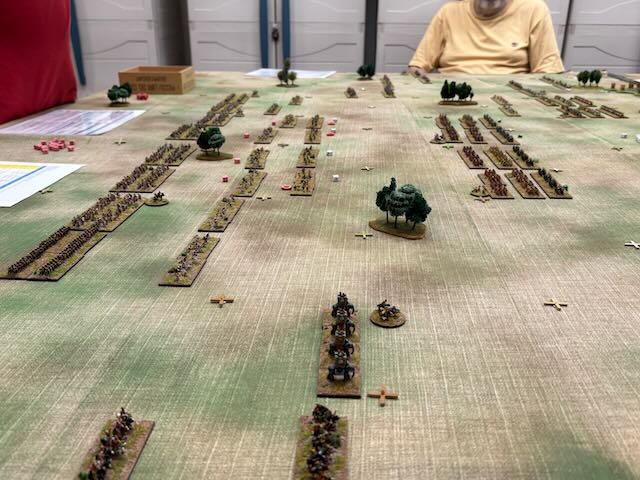
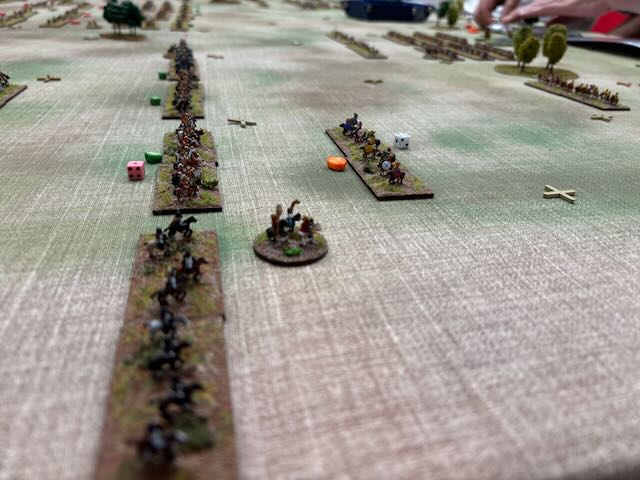
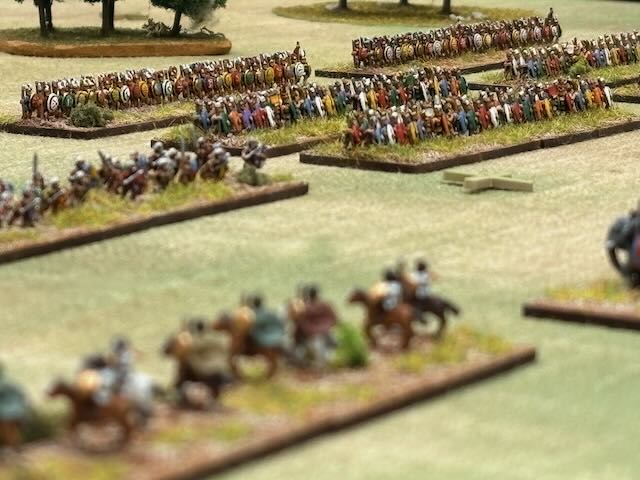
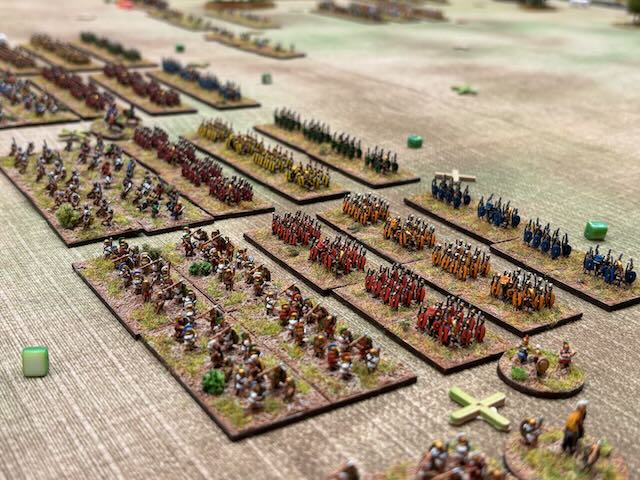
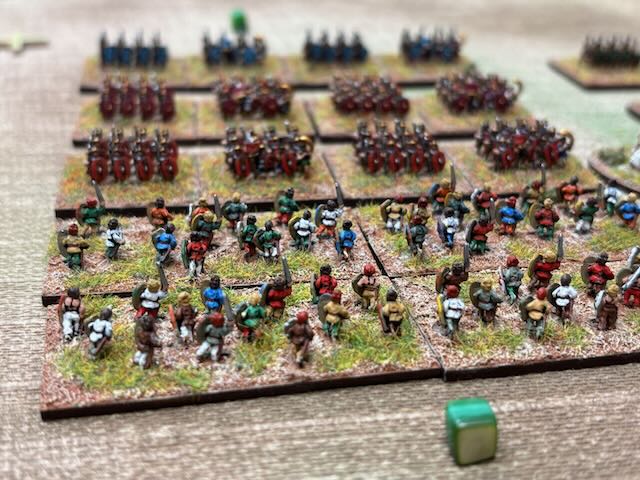
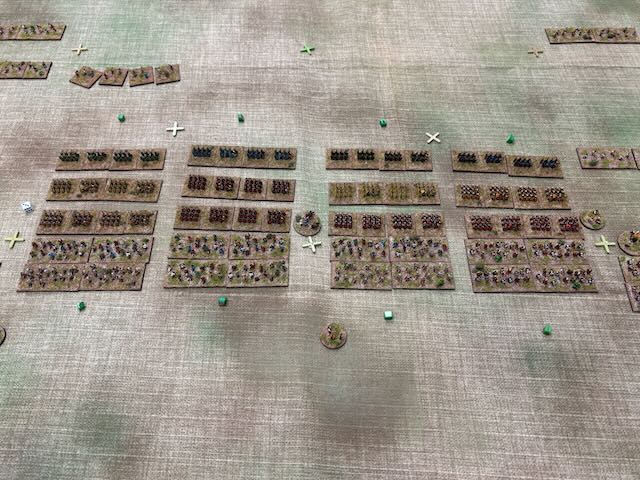
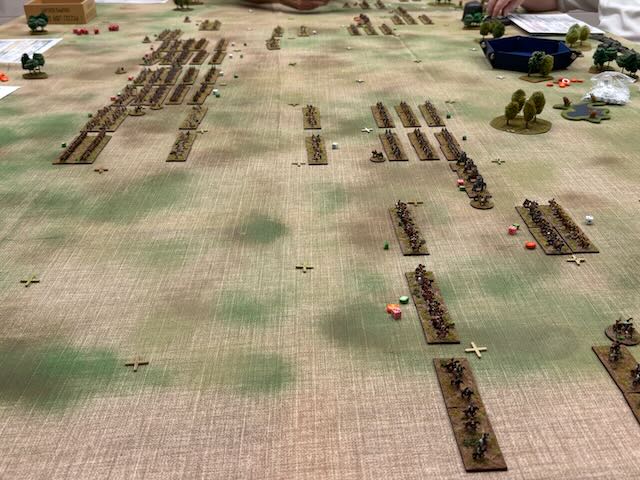
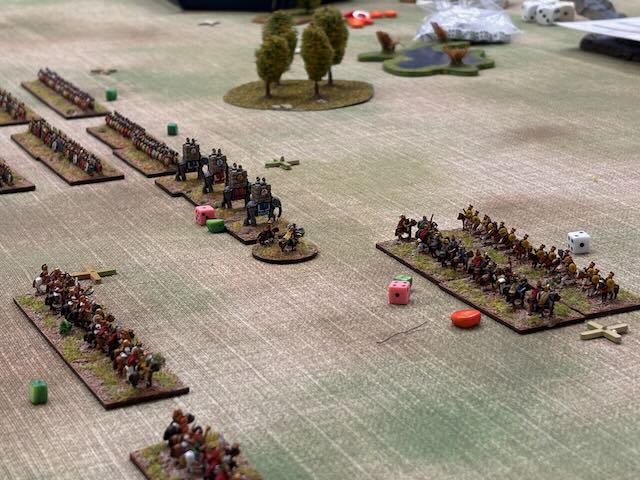
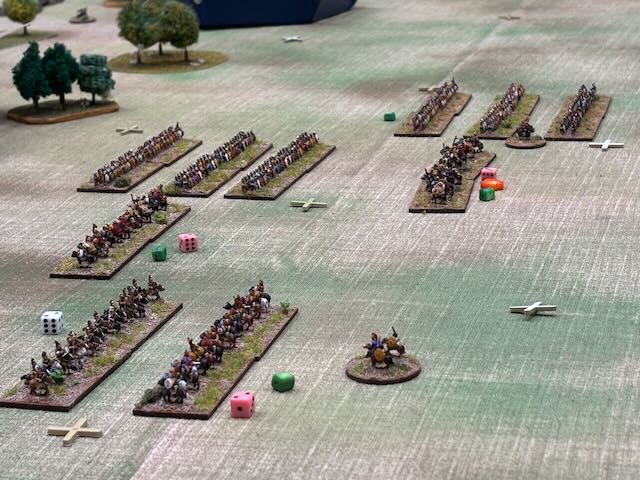
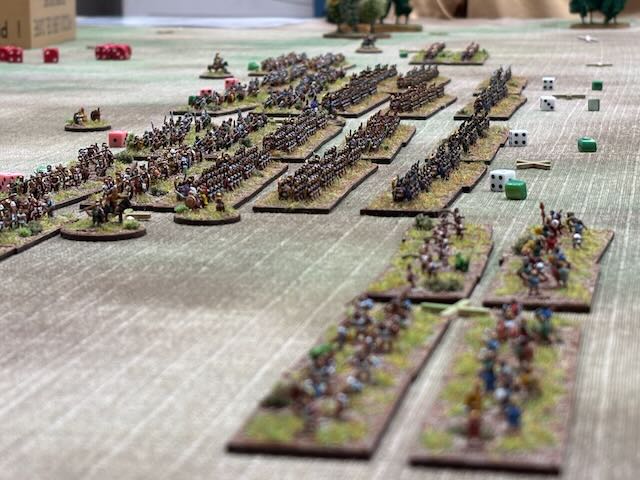

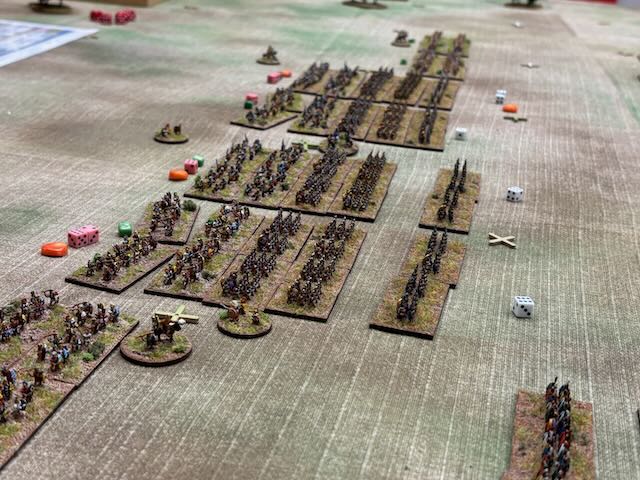
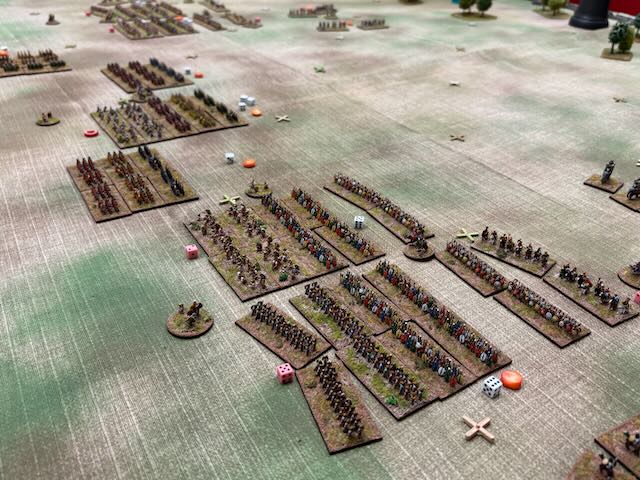
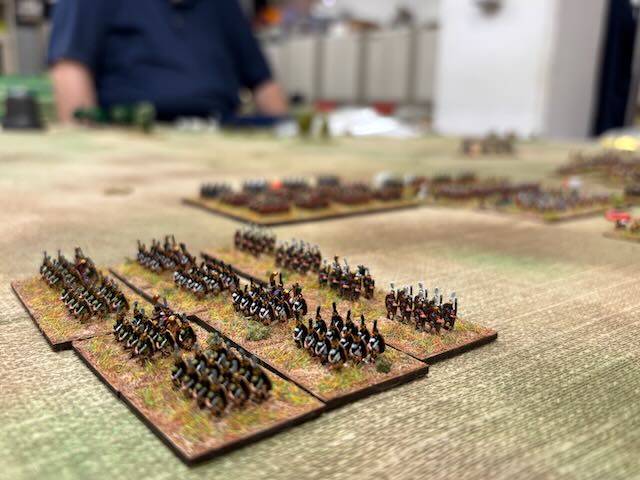
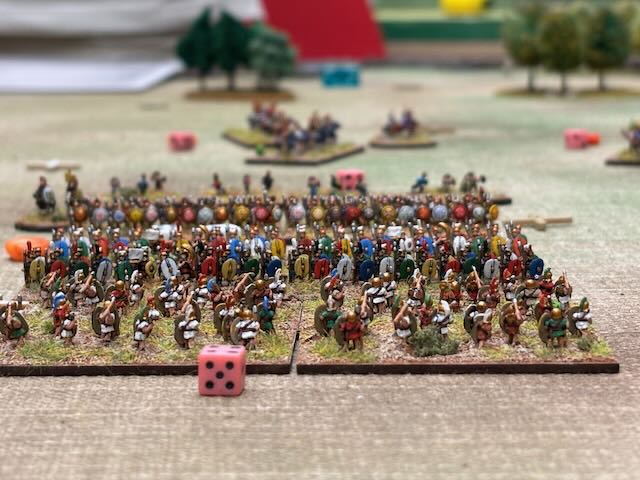

Some comments
- After the first two or three turns, all shooting and melee calculations were done without consulting the quick sheet:
- it is a great plus, game mechanics are simple and clear.
- Heavy cavalry charged by infantry should have the possibility to evade.
- This is a fair comment and we need to see if this rules would disrupt the game if implemented.
- The roman legions are very strong:
- True
- but they should be, was commented by the rest of the players.
- True
- Some players need to see all square edges to have a good understanding of the movements.
- During game preparation we were lazy and we did put only about half of the square crosspoints.
- I will prepare a dedicated table cloth with 15cm sided squares.
- During game preparation we were lazy and we did put only about half of the square crosspoints.
- We did not use backward movements.
- We noted that the movement diagrams would be more useful if we could differentiate final positions of units ending their movement unformed vs formed. In this case one player could use directly the diagrams without the need to calculate the complete sequence of actions and unformed state.
What we did wrong
- Charges:
- a charging unit may turn but only as its first action of the movement. So it is not possible to make one move action, one turn and one charge.
- it happened in the game probably twice, but such a charge might have been done as a diagonal charge and the effect would have been the same.
- a unit subject to a diagonal charge, may avoid from being attacked to its flank by turning to meet the enemy. It may be done only if it has not been already contacted.
- it happened in the game probably twice, but such a charge might have been done as a diagonal charge and the effect would have been the same.
- Also, we did not make any diagonal charge actions, but see above how we achieved something similar, if not correct. Overall, I think that nobody was disadvantaged.
- a charging unit may turn but only as its first action of the movement. So it is not possible to make one move action, one turn and one charge.
- Roman legions:
- a legion attacked from flank of rear does not suffer from a flank attack (double dice), but becomes unformed. This was not done and the Cartaginians were disadvantaged in at least two melees.
- at the beginning of the game I sai that the legion would become shaken at 6-9-12 losses, depending on the number of lines in combat, but in reality it always happens at 6 hits. The correct rules was applied quite quickly, but for maybe the first two turns the Cartaginians were disadvantaged due to this misinterpretation.
- Elephants against light troops:
- we did not use any of the special rules described. They play both in favour and against the elephants, so maybe nobody was disadvantaged during the game.

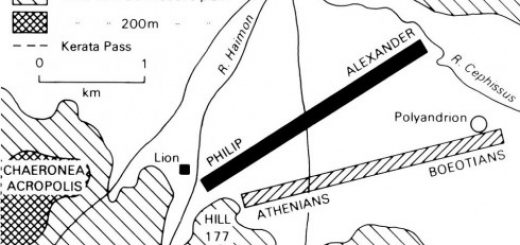
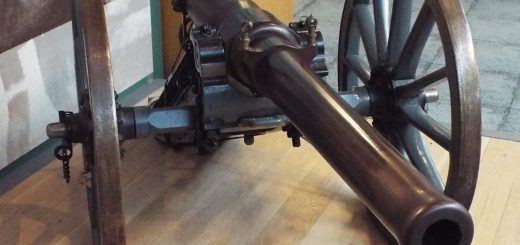
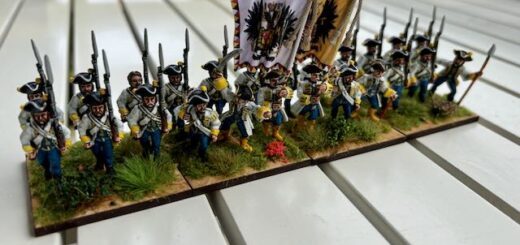
Thanks for trying the rules. Contact me if you have any questions. I think you might be trying out Maximilian too. Good luck!